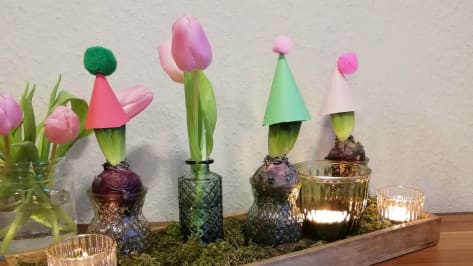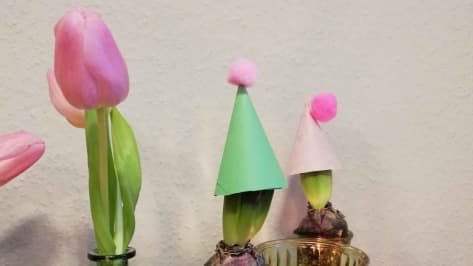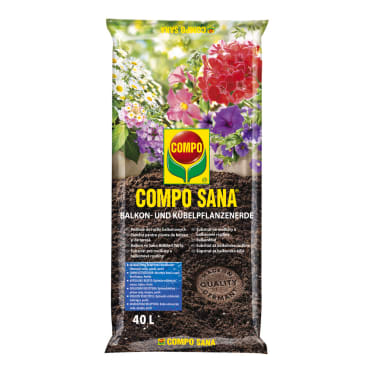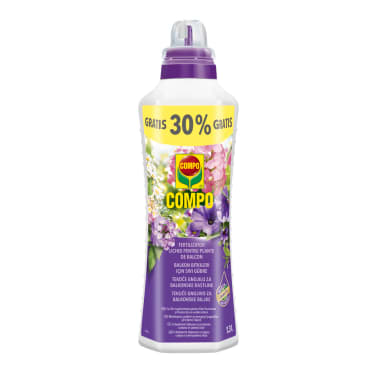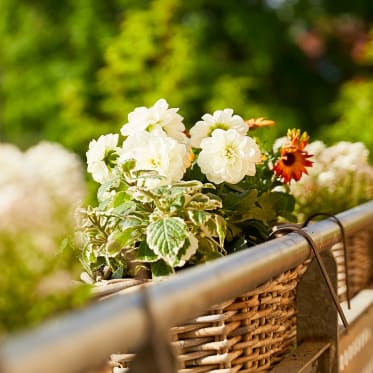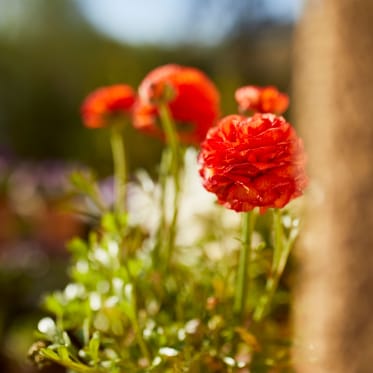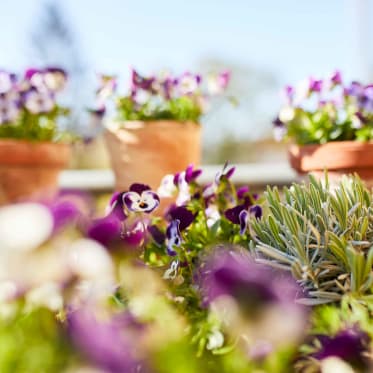Frequent search terms

- COMPO
- Guide
- Inspiration
- DIY
- Growing hyacinth bulbs
Harbingers of spring
Growing hyacinth bulbs in a vase
So, what do we have to celebrate here then? No sooner than the last Christmas angel disappears in the box does spring fever take hold of the hobby gardener. We've got a tip for you right here to make the wait for tulips and crocuses a little more bearable. If you adopt the right technique, you can make hyacinth bulbs flower as early as January in a vase.
Table of content
Things you need:
- Bulb or hyacinth vase
- Hyacinth bulbs from cool storage
- Caps to cover
- Water
It's as simple as...
Regardless of whether they're left over from last year or bought new, hyacinth bulbs will only regerminate reliably if they were stored somewhere dark, cold and dry. So, it's crucial that you pay attention to the quality of the bulbs chosen for your project. You then try to imitate the natural environment of the hyacinth in the vase and covered with the cap. Waterlogging in the soil is one of the greatest dangers for a bulb flower. With that in mind, put just enough water in the bulb vase to leave a narrow gap between the lower part of the bulb and the water surface. During the first few days in the warm home, the plant will let its roots sprout toward the water all by itself.
But what's the cap for? In nature, it's the strong desire for light that makes a hyacinth grow from its bulb. In the vase, you simply imitate this darkness by putting the cap over it until a sprout of about 4 cm in length has emerged. You can then remove the covering and fragrant flowers will grow from the bulb soon after a green stem.
Important!
Always add just enough water to the vase to ensure that the roots are immersed but not the bulb itself. This will prevent rotting.
Suitable products
More spring bloomers

